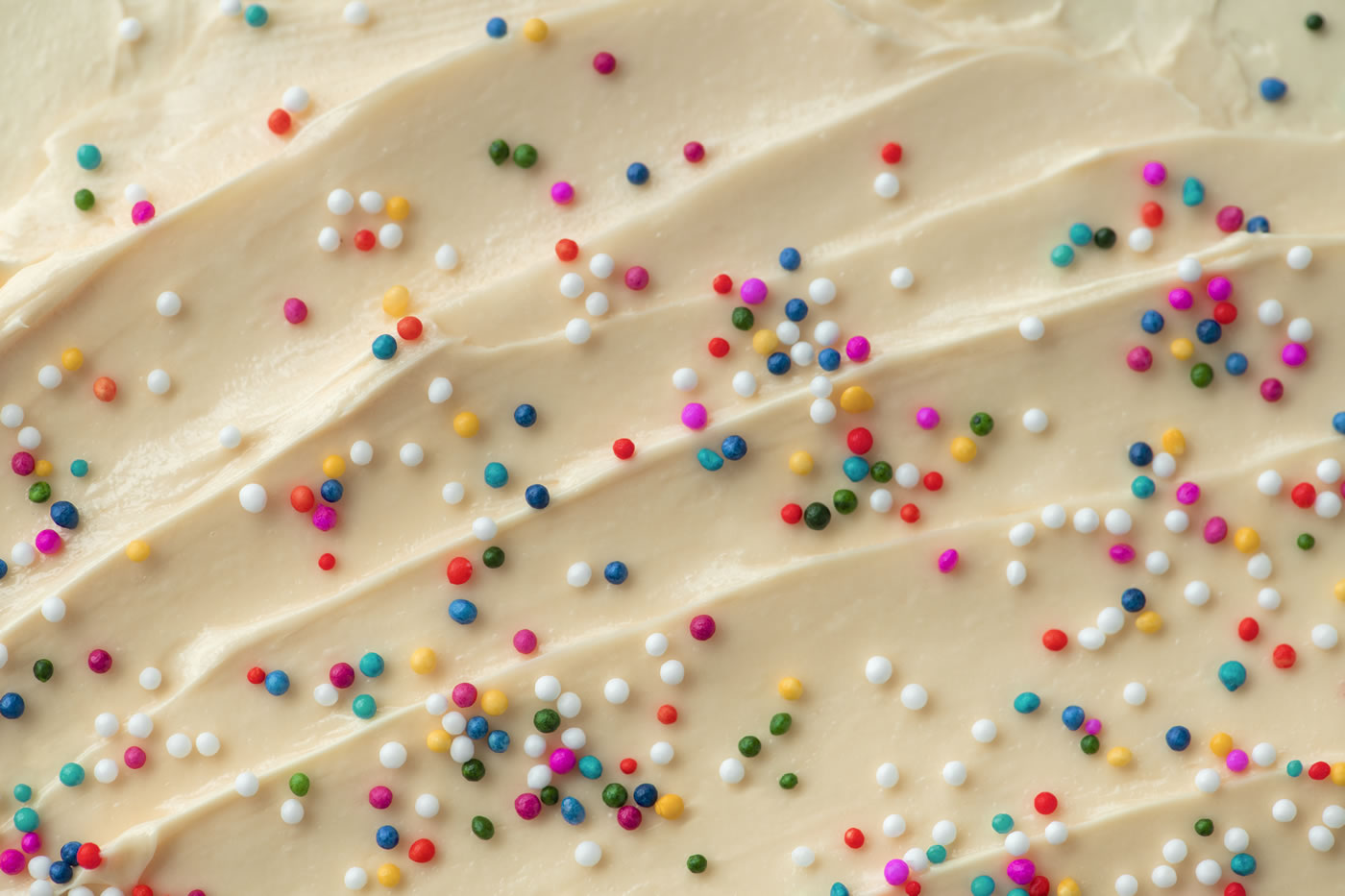The Sweet and Healthy Choice: Why You Should Switch to Natural Nonpareils
When you’re baking and decorating your favorite treats, sprinkles are a must-have for adding color, texture, and a touch of fun. But while they might look the same, not all sprinkles are created equal. The tiny, round nonpareils that have been a staple in baking for years are now available in a new, healthier form: natural nonpareils.
So, why should you make the switch from conventional, artificially colored sprinkles to their natural counterparts? Let’s explore the benefits of choosing a cleaner, more health-conscious option.
The Dangers of Artificial Dyes in Conventional Nonpareils
You should choose natural nonpareils to avoid the harmful synthetic dyes in conventional sprinkles. Petrochemicals create these artificial colorings, and they have been linked to a number of health concerns, including:
- Hyperactivity in Children: Several studies have connected synthetic food dyes to increased hyperactivity and behavioral issues in children [1, 2].
- Allergies: For some individuals, these dyes can trigger allergic reactions.
- Potential Health Risks: While more research is needed, some artificial dyes have been the subject of health concerns, including links to more serious conditions.
In stark contrast, natural nonpareils get their color from safe, plant-based ingredients like beet juice, turmeric, spirulina, and paprika. These natural colorings provide vibrant hues without the health risks, making them a much better choice for risk-free baking.
A Cleaner, Simpler Ingredient List
The benefits of natural nonpareils extend beyond just the coloring. Manufacturers also make them with a cleaner ingredient list free from the artificial flavors and preservatives common in conventional sprinkles.
Manufacturers use artificial additives to extend shelf life and enhance flavor, but they can cause digestive problems and allergic reactions in some people. Natural nonpareils, on the other hand, contain minimal, wholesome ingredients, making them an excellent choice for anyone who is mindful about what they consume and wants to avoid unnecessary chemicals.
A Mindful Approach to Baking
Choosing natural nonpareils promotes a healthier and more mindful approach to baking. While it’s no secret that desserts can have high sugar and calorie counts, using natural nonpareils can help you create treats that are as appealing as they are wholesome.
Natural sprinkles often have a more subtle sweetness, allowing the natural flavors of your baked goods to shine through. This focus on creating delicious and nutritious desserts is part of a growing trend towards conscious baking, where we combine the joy of creating with a worry-free indulgence.
The Growing Trend Towards Natural Sprinkles
The shift towards natural sprinkles is a testament to a growing consumer awareness of the potential dangers of synthetic food additives. This demand has made natural nonpareils more accessible than ever before, with a wide array of colors and shapes now available.
By incorporating these clean-label sprinkles into your desserts, you can add a burst of color and texture without the harmful effects associated with artificial additives. This makes natural nonpareils a versatile and enjoyable ingredient for any baker looking to combine creativity with a health-conscious mindset.
In Conclusion
Natural nonpareils are more than just a decorative topping; they are a superior choice for any baker, whether at home or in an industrial setting. By choosing natural over artificial, you:
- Avoid synthetic dyes and their associated health risks.
- Embrace a cleaner ingredient list free from artificial additives.
- Adopt a more mindful and health-conscious approach to baking.
As the demand for cleaner food continues to rise, natural sprinkles stand out as a simple yet effective way to add color, texture, and flavor to your baked goods while prioritizing health and well-being.
External Resources and Data
- McCann, D., Barrett, A., Cooper, A., Crumpler, D., Dalen, L., Grimshaw, K.,… & Stevenson, J. (2007). Food additives and hyperactive behaviour in 3-year-old and 8/9-year-old children in the community: a randomised, double-blind, placebo-controlled, crossover trial. The Lancet, 370(9598), 1560-1567. doi:10.1016/S0140-6736(07)61715-2
- Bateman, B., et al. (2004). The effects of a double blind, placebo controlled, artificial food colourings and benzoate preservative challenge on hyperactivity in a general population sample of preschool children. Archives of Disease in Childhood, 89(6), 506-511. doi:10.1136/adc.2003.040552
